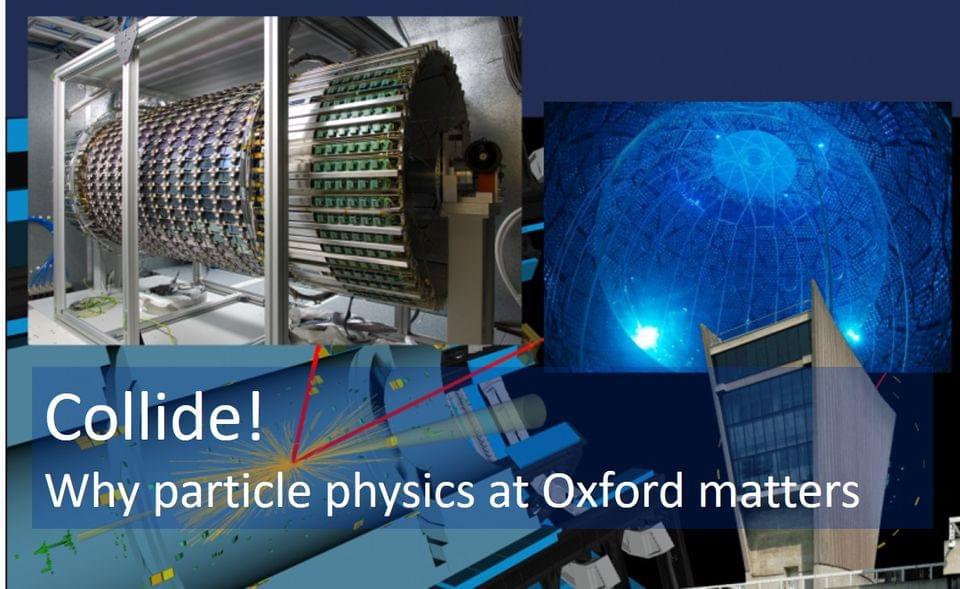A new paper takes a deep dive into primordial black holes that were formed as a part of the early universe when there were still no stars or galaxies. Such black holes could account for strange cosmic possibilities, including baby universes and major features of the current state of the cosmos like dark matter.
To study the exotic primordial black holes (PBHs), physicists employed the Hyper Suprime-Cam (HSC) of the huge 8.2m Subaru Telescope operating near the 4,200 meter summit of Mt. Mauna Kea in Hawaii. This enormous digital camera can produce images of the entire Andromeda galaxy every few minutes, helping scientists observe one hundred million stars in one go.





